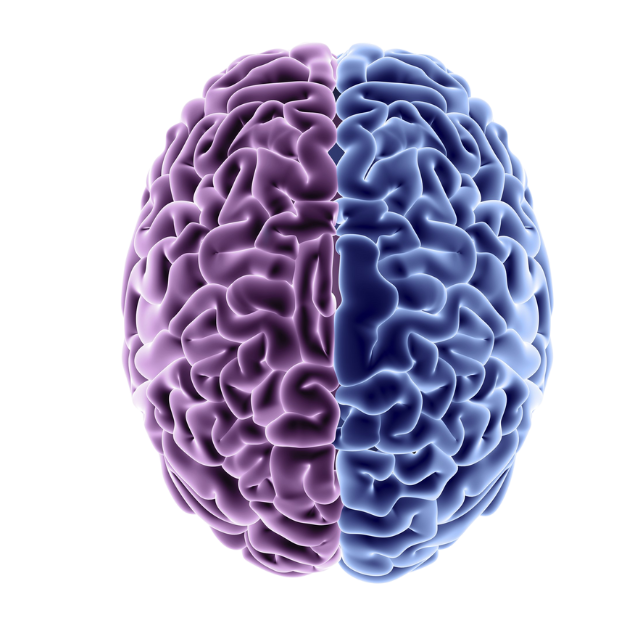The Tale of the Two Arrows
The Four Noble Truths is one of the most fundamental doctrines of Buddhism. After experiencing Enlightenment, the Buddha, gave his first sermon which outlined these truths or realities for the spiritually worthy ones. As the founder of Buddhism, the Buddha set forth this conceptual framework to help others experience their true nature.
They are the truth of suffering, the truth of the cause of suffering, the truth of the end of suffering and the truth of the path that leads to the end of suffering. More simply put, suffering exists; it has a cause; it has an end; it has a cause to bring about its end.
One doesn’t have to be a devout follower of Buddhism to recognize that we all experience suffering to different degrees. This framework establishes that our tendency to suffer is a natural part of being human. However, just because it’s natural doesn’t mean it’s necessary.
“Is suffering really necessary? Yes and no. If you had not suffered as you have, there would be no depth to you as a human being, no humility, no compassion. Suffering cracks open the shell of ego, and then comes a point when it has served its purpose. Suffering is necessary until you realize it’s unnecessary.”
Eckhart Tolle
Before modern psychology identified the differences between primary and secondary emotional responses, the Buddha recognized this phenomenon and contextualized through a parable, ‘The Tale of Two Arrows.’ Experiencing physical pain is like being shot with two arrows. The first arrow creates the sensation of pain (tingling, throbbing, shooting) while the second arrow is the added layer of emotional suffering because of the pain (terrified, punishing, undeserving). The first hits us when a painful event occurs, and often times this is outside of our control, such as when we experience loss or disease or heartbreak. The second arrow hits when we interpret and react to the event.
Aversion or fearful attention to the pain creates suffering and increases the level of pain. Indian mystic, Sadhguru, notes it is our perception of the physical pain that causes us to suffer. We not only contract our bodily muscles, but also our minds. We become lost in thought about what it wrong, how long it will last, what we should do about it and how the pain reflects our unworthiness. “A physical pain, such as a backache or a migraine, might turn into a commentary on how we don’t know how to take care of ourselves, how we don’t eat well or exercise enough. The pain might make us feel like a victim; it might tell us we can’t count on our body, that things will always go wrong. In the same way, we amplify emotional pain with our judgments and stories. Feeling fear or anger or jealousy means something is wrong with us, that we are weak or bad” (Tara Branch, Radical Acceptance).
Overcoming Suffering
Pain is inevitable and outside of our control. It can keep us alive, it can keep us safe. We create that added layer of suffering when we cannot accept the pain. The mind naturally starts to exaggerate, magnify and make sense of it. Vietnamese Zen Master Thich Hat Hahn notes, “People have a hard time letting go of their suffering. Out of fear of the unknown, they prefer suffering that is familiar.” In other words, it subconsciously feels safer to become lost in thought analyzing what occurred and predicting how it will affect us. We would rather focus on interpretation because sitting with it and experiencing it seems even more painful.
However, this is a sly trick promoted by the survival regions of the mind. The Buddha proclaimed that attachment is the root of all suffering. Clinging to the notion that something has to stay the way that it is or not be the way that is, generates more suffering. Only by accepting the pain that’s occurring in this moment can we begin to experience freedom from it.
We can challenge ourselves to accept what it happening, simply because it is already happening. We don’t allow the mind to run wild with ruminating thoughts and scenarios that don’t serve a higher purpose. Fighting it, suppressing it, avoiding it only makes the problem and the fear loom larger in the psyche. Instead, we embrace this moment for what it is, we allow it to become a part of our story. When the pain, the hurt, the loss, the fear, the grief, the judgment, the unworthiness are all rising, we observe it.
Try this exercise: Imagine taking a step outside of yourself, creating distance between you and the mechanics of your mind and body. Observe each thought or feeling or feeling as it comes and goes, without the need to change any of it. Distance does not mean avoidance, distance is non-judgmental awareness and acceptance of what’s happening (simply because it is already happening). We recognize that what we observe no longer has the power to destabilize us. It’s all so transient.
When you train yourself to sit in silence and stillness, without the need to overthink or act on whatever is happening, you may feel your thoughts have become wilder, louder. All that means is that you have gotten quieter. There comes a recognition, “I don’t have to believe what my thoughts are telling me.” Thoughts are just chemical byproducts of past experiences, habits of how you have been taught to think. Just because a horrible, fearful thought keeps popping up doesn’t mean you even have to identify with it. You may jump from fearful thought to fearful thought to a brief thought that you will be okay. Noticing your mind moves from thought to thought is mindfulness in action.
We tend to focus so much on the contents of our thoughts, how to interpret and extract meaning from them, but instead we should consider the context, the process of thinking itself. “What are these reoccurring thoughts trying to tell me about the way I’ve been living?”
Ripping off the Band-Aids
Modern society gives us little to no insight of what we’ll find when we look within to confront and accept our pain. When we sit with and acknowledge it. We’re conditioned to fear it, to believe it will stay with and overwhelm us forever. That these dark or wounded parts of ourselves cannot be changed.
Renowned American psychologist and one of the founders of humanistic psychology, Carl Rogers, noted, “The curious paradox is that when I accept myself just as I am, then I can change.” He recognized the value of decoupling the sensation of pain and the emotional response to that pain.
It’s radical acceptance. When you accept yourself for who you are, and accept the world for how it is, then you can experience emotional relief and achieve the capacity to enact change.





